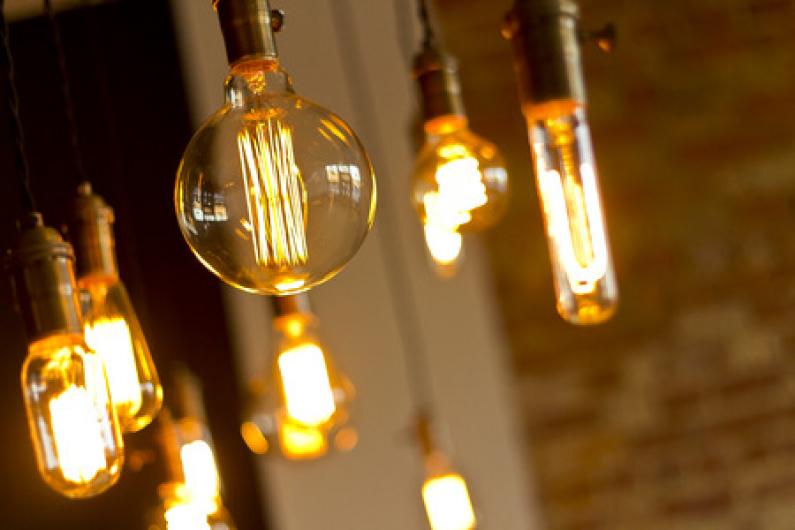
The LED light bulb has come of age with many different types available. Your choice of LED is largely dependent on what you want it for, the application, setting and output. We have compiled a few useful nuggets of information to help you through the LED maze.
How bright do you need to shine?
Forget wattage - for LED bulbs, lumens are the only accurate measurement of its brightness. An LED bulb may consume far less energy – or wattage – than a halogen equivalent, but still have the same level of brightness (measured in lumens). If you think in old money, which most of us do, you'll need approx 800 lumen output to be similar to an old-school 60 watt bulb. A 40 watt bulb is the equivalent to about 450 lumens. The best way is to try the different bulbs for yourself. But remember, don't think watts any more, think lumens!
What kind of white?
LED spotlights and bulbs are available in a wider range of white output, described on the Kelvin scale as warm or cool whites. The higher the rating, the whiter or cooler the light. Very warm white LEDs are under 2700k whilst cool whites sit somewhere above 5500k. Daylight is around 4000k. Incandescent and halogen bulbs are only available in warm white tones so the LED range offers great flexibility and versatility by comparison.
And what about the beam angle?
The beam angle of a bulb is the measure of the angle it casts it light from and how much surface area is covered as a result. It's basic physics: the wider the angle, the more light is released and the more surface area is covered. Whilst you can get narrow beam angles for highlighting and focusing on specific areas, you can also have wide angle bulbs for more generic lighting. The old-style halogens only allowed narrow beam angles so were less effective in flooding a space with light.
To dim or not to dim?
When considering dimming an LED you need to be sure that your bulb is dimmable and it is works with your light dimmer switch. In some cases you'll have to replace any existing dimmer switches where they're not compatible but this is only an issue in retrofit situations. For new dimming requirements, check the packaging, make sure it is a dimmable light bulb and choose LED dimmer switches.
The good news with LED dimming is that it uses far less energy and therefore you result in a lower electricity bill. This is in stark comparison to a traditional incandescent bulb that costs you the same, regardless of how much light you are casting.
And what about design?
Finally we can't write the headlines on LEDs without mentioning how their design has evolved over the past few years. LEDs are no longer the cumbersome, huge bulbs they once were. They are available in most styles, fittings and sizes nowadays. Even the traditional looking filament bulbs are available as practical, efficient and now beautiful bulbs.
So if you are considering changing to LED or simply feel like a change, there is plenty of choice and a lot of features to consider that make them ideal for updating any space - commercial or domestic.
